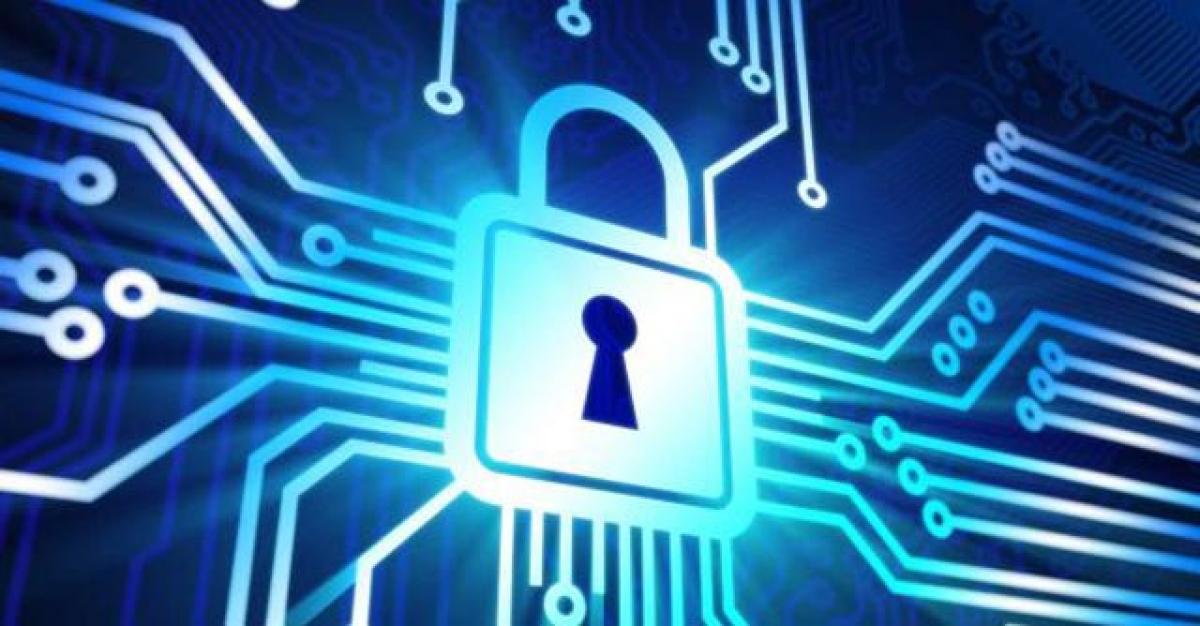Live
- New TTD Trust Board to meet in Tirumala today
- Drone survey held for laying smart roads
- MyVoice: Views of our readers 18th November 2024
- It’s time to defeat betrayers: Revanth in Maharashtra
- Committees formed, assigned tasks
- Let law and order be in sole domain of union!
- Group-III exams off to a smooth start
- KTR invited as guest of honour at TiEcon Kerala 2024
- KTR gets his freedom in a deal done in Delhi: Bandi Sanjay
- Hyderabad Ready to Host FIFA Friendly Football Match Between India and Malaysia
Just In

x
Highlights
Seclore today announced the results of an Enterprise Strategy Group (ESG) research study that uncovers the challenges, best practices, and solutionsrequired for securing data shared among internal and external individuals.
Seclore today announced the results of an Enterprise Strategy Group (ESG) research study that uncovers the challenges, best practices, and solutionsrequired for securing data shared among internal and external individuals.The survey, which was completed by 200 senior IT and security professionals with influence over purchasing decisions, highlights the need for organizations to have the necessary technologies in place to ensure policies travel with sensitive data wherever and however it is shared.
Based on the data collected from the survey, the ESG Report titled, Securing Information in the Age of External Collaborationconcludes that:
- Loss of sensitive information is a top concern, and is assumed to be happening. While 98 percent of respondents cited the loss of sensitive data as a top or significant concern, many believe it is very or somewhat likely that sensitive data had been lost or accessed inappropriately in the last 12 months. Commonly statedreasons for data loss include, emails inadvertently sent to the wrong person (67 percent), unauthorized access (64 percent) and lost portable storage devices (61 percent).
- Loss of information due to human error continues to be a concern, but IT must also work to prevent theft.56 percent of respondentssaid it’s very or somewhat likely that files had been stolen by partners, contractors or customers (with 28 percent saying it’s very likely), as well as 58 percent saying the same about files being stolen by employees and malicious software (60 percent).
- IT faces a new set of challenges and requirements when protecting sensitive data assets. The need to collaborate with third parties makes file sharing a common occurrence, which can also pose as a security threat ifinformation is accessed by an unauthorized party. In fact, 34 percent of respondents noted that 26 to 50 percent of their employees regularly share files with individuals external to their organizations. Other challenges includehybrid IT, the rise of the mobile workforce and shadow IT applications.
- EFSS is quickly gaining parity as one in a variety of solutions used for sending, sharing and collaborating. Organizations are quickly adopting Enterprise File Sync and Share (EFSS) services as a means to share information, with 75 percent of respondents noting EFSS is used frequently to share files with others and 54 percent noting that their end-users use two to three authorized and unauthorized file sharing services. While EFSS is a highly popular method for sending documents, traditional methods of sharing files are still frequently utilized.Portable storage devices (60 percent), FTP (58 percent), and email (79 percent) are also reported to beused for collaboration by respondents’ organizations. The ability to persistently secure any file type across all sharing methods, devices, and storage locations is paramount.
- External collaboration, including collaboration enabled by Enterprise File Sync and Share (EFSS) services, is likely driving investment in EDRM.47 percent of respondents indicated they have already deployed an EDRM solution and 37 percentsaid they are committed to doing so in the next 12 to 24 months. The trend towards increased adoption of EFSS, and the external collaboration that it enables, is likely the primary reason.
- First-generation EDRM systems are not an effective approach to persistently securing information. 69 percent of those who already employed EDRM reported current plans for refreshing or augmenting their existing solutions and an additional 27 percent stating their intention to do so in the next 12 months. Three of the top four most-cited perceived challenges of EDRM solutions stated by all respondents was their inability to integrate with existing systems, difficult policy management for IT and difficult utilization for end-users due to agent requirements. A next-generation EDRM solution, based on the results of the ESG research, can best be characterized as havingincreased breadth and depth in usage controls and types of files that can be protected, the ability tointegrate with other applicationsto automate protection, and browser-based access for ease of use.

Next Story
More Stories
ADVERTISEMENT
© 2024 Hyderabad Media House Limited/The Hans India. All rights reserved. Powered by hocalwire.com







